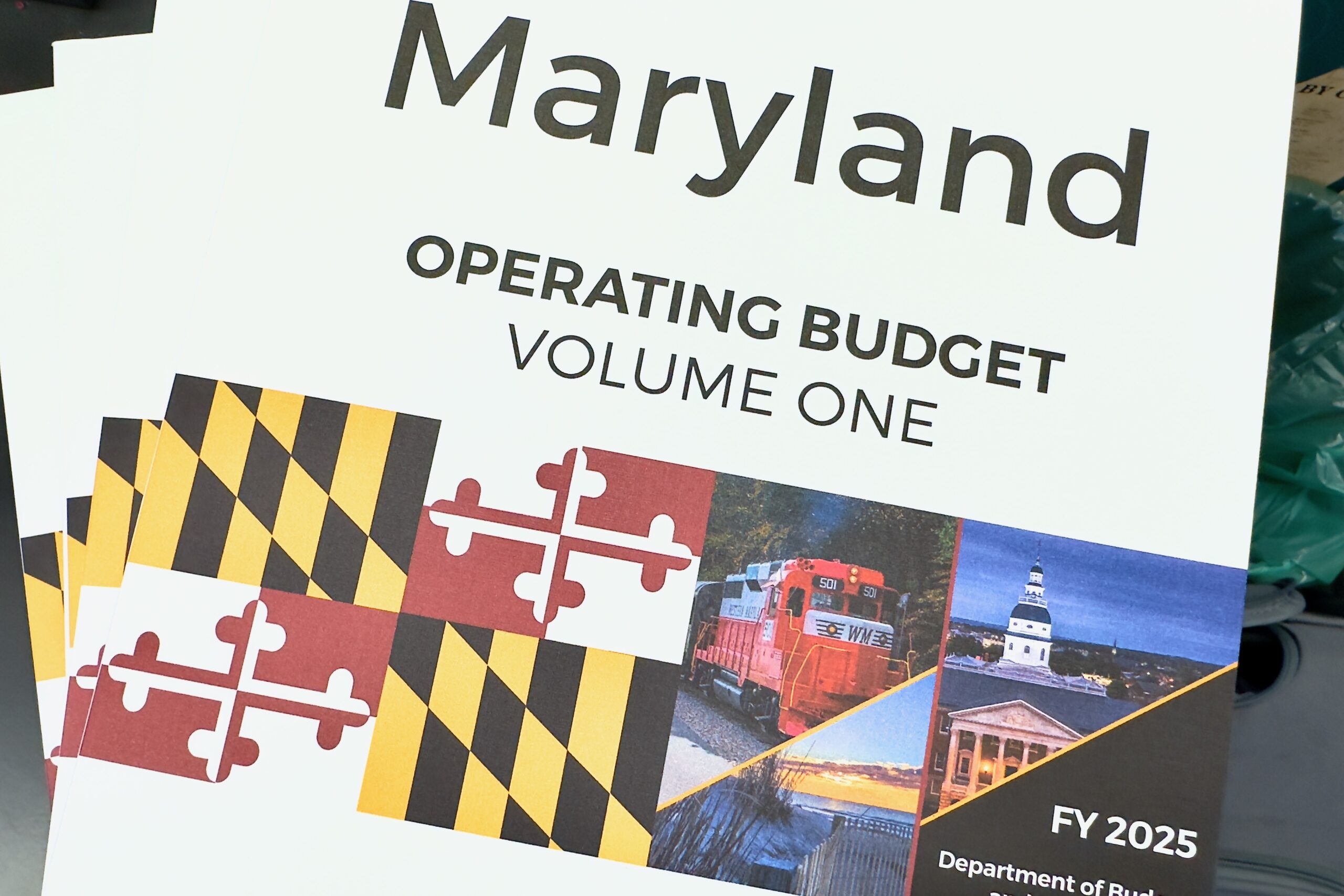Maryland’s current school discipline practices are ineffective at mitigating behavioral challenges in the classroom.
Many schools are still turning to suspensions and expulsions, also known as exclusionary discipline, in response to student behavioral challenges. These practices often punish offenses harshly without regard to the type or severity of problem behaviors. They stem from the nationwide “zero tolerance” approach to school discipline modeled after state and federal drug enforcement policies of the 1990s.
Since then, we have learned that exclusionary discipline actually increases behavioral issues and exacerbates race and disability disparities in education.
Exclusionary discipline is connected to poorer academic outcomes for students, negative school climate for everyone in the school and higher student dropout rates. For each suspension it decreases the odds that a student will graduate by 20%. Exclusionary discipline costs the U.S. $35 billion annually when accounting for the decrease in tax dollars generated, the cost of incarceration, and the cost of public benefits consumed by those who do not finish high school.
Yet, Maryland schools continue to use exclusionary discipline. Not only that, Maryland disproportionately suspends black students and students with disabilities at higher rates than white students and students without disabilities.
According to 2015-2016 Maryland State Department of Education data, 8.1% of black students in Maryland received a suspension or expulsion, compared to 2.3% of white students. Additionally, 9.9% of students with disabilities in Maryland received a suspension or expulsion, compared to 3.6% of students without disabilities.
These exclusionary practices have negative consequences for some of the most vulnerable students in Maryland who are being criminalized by the education system that is supposed to be in place to lift them up.
Many of the suspensions and expulsions received by black students are due to minor offenses, such as “talking back.” Schools often confuse “defiant behavior” with expressions of trauma. Adverse childhood experiences, or ACEs, are traumatic events experienced in childhood that affect the development of children’s brains and their behavior in school. ACEs may include witnessing and experiencing violence, abuse, drug addiction and effects of poverty, including lack of food or other resources. Students with learning disabilities, such as ADHD, are also frequently suspended or expelled.
Without the proper training or skills, school staff react to challenging behavior with the only tools they have, exclusionary discipline. This process too often ends with the child entering the juvenile justice system, also referred to as the school-to-prison pipeline. This process disproportionately impacts children of color who are more likely than white students to live in disinvested neighborhoods where trauma is more common.
Students are more responsive to authority when schools have a climate where adults show care for students and are firm in their expectations of behavior. Maryland schools need to shift the system on the state, district and school levels from thinking about discipline as retribution and adapt practices centered around prevention, accountability and creating school cultures where students and staff can solve problems together.
Restorative practices are a trauma-responsive approach to improving school climate. They are a set of tools and strategies that draw on the belief that respectful communication helps reduce conflict and repair relationships. Evidence on the effects of restorative practices demonstrate decreases in suspensions, office referrals, expulsions and reports of violent behavior. Positive impacts of restorative practices have been found up to seven years after implementation.
Some districts in Maryland are utilizing restorative approaches with success.
For example, Hampstead Hill Academy in Baltimore saw a 61% decrease in suspensions from 2008-2014. In 2018, Baltimore City Public Schools pledged to create a restorative practices district over the next five years.
Why hasn’t the entire state of Maryland done this yet?
State school discipline policies do not clearly articulate how to use alternative interventions or provide funding to train staff. Adequate funding for schools to support restorative and trauma-responsive work is imperative for successful implementation.
A bill in the Maryland General Assembly this year, HB202: Restorative Approaches Fund and Grants – Establishment, would have provided this critical funding for staff training, but it did not pass.
We must provide our teachers, administrators and school staff with an understanding of the impact of trauma on children. We must equip them with the skills and tools they can use every day to address challenging behavior without resorting to exclusionary discipline.
We can’t expect students to be successful unless we provide a positive school climate that supports the whole child.
–CHRISTINA KOCH
The writer is a graduate student at the University of Maryland School of Social Work.
Did someone forward this to you?
Get your own daily morning news roundup in your inbox. Free. Sign up here.




 Creative Commons Attribution
Creative Commons Attribution